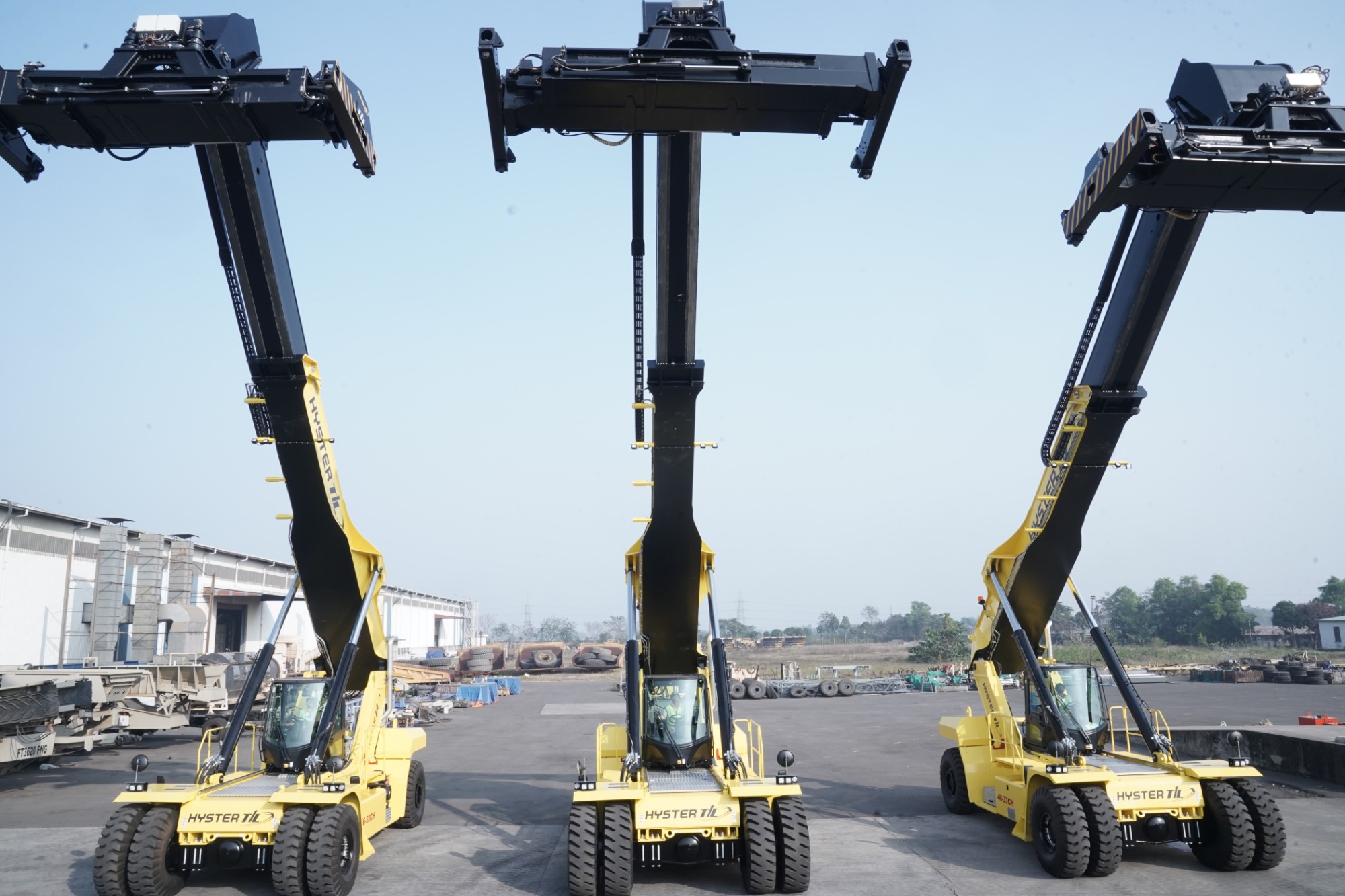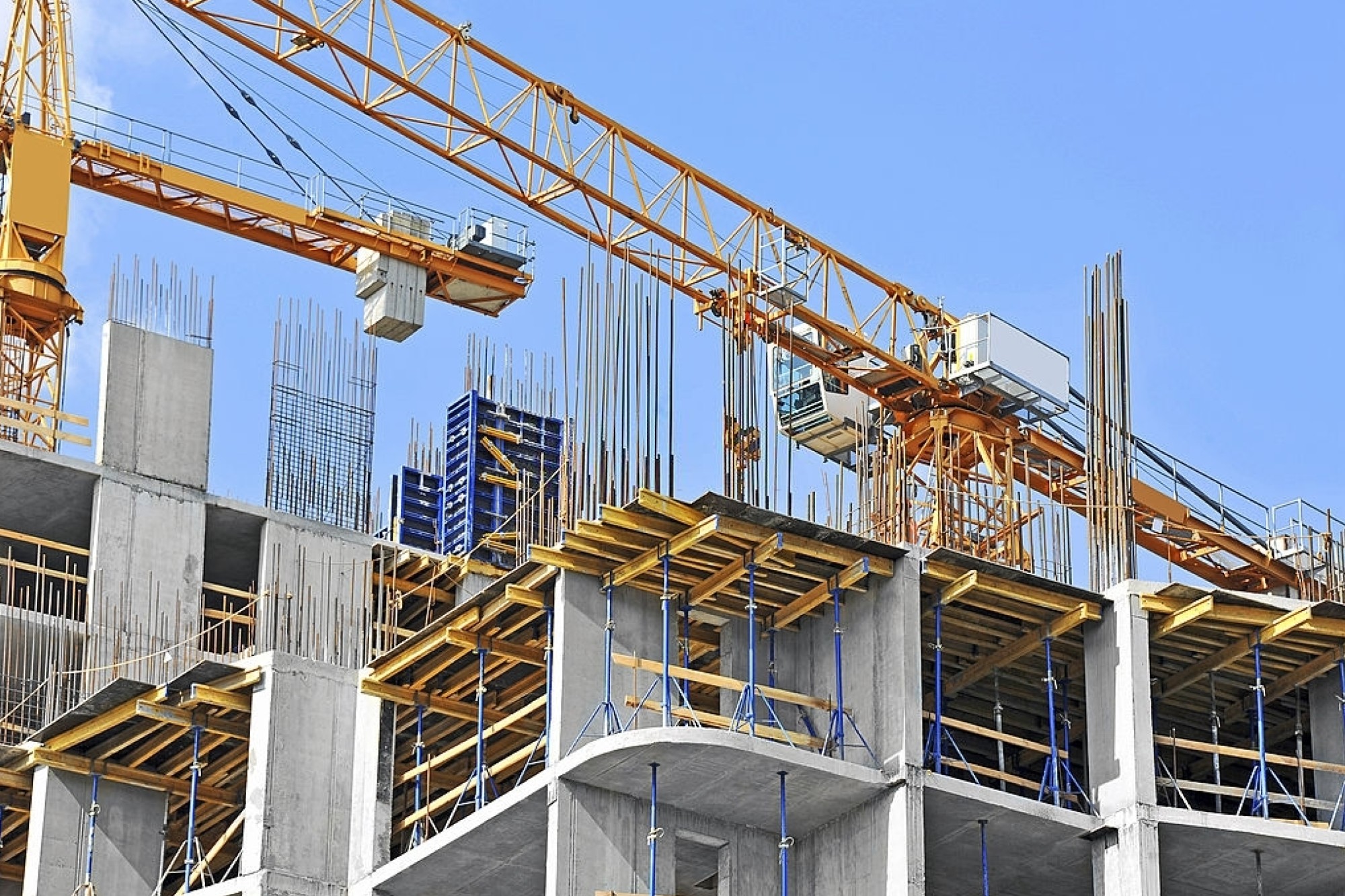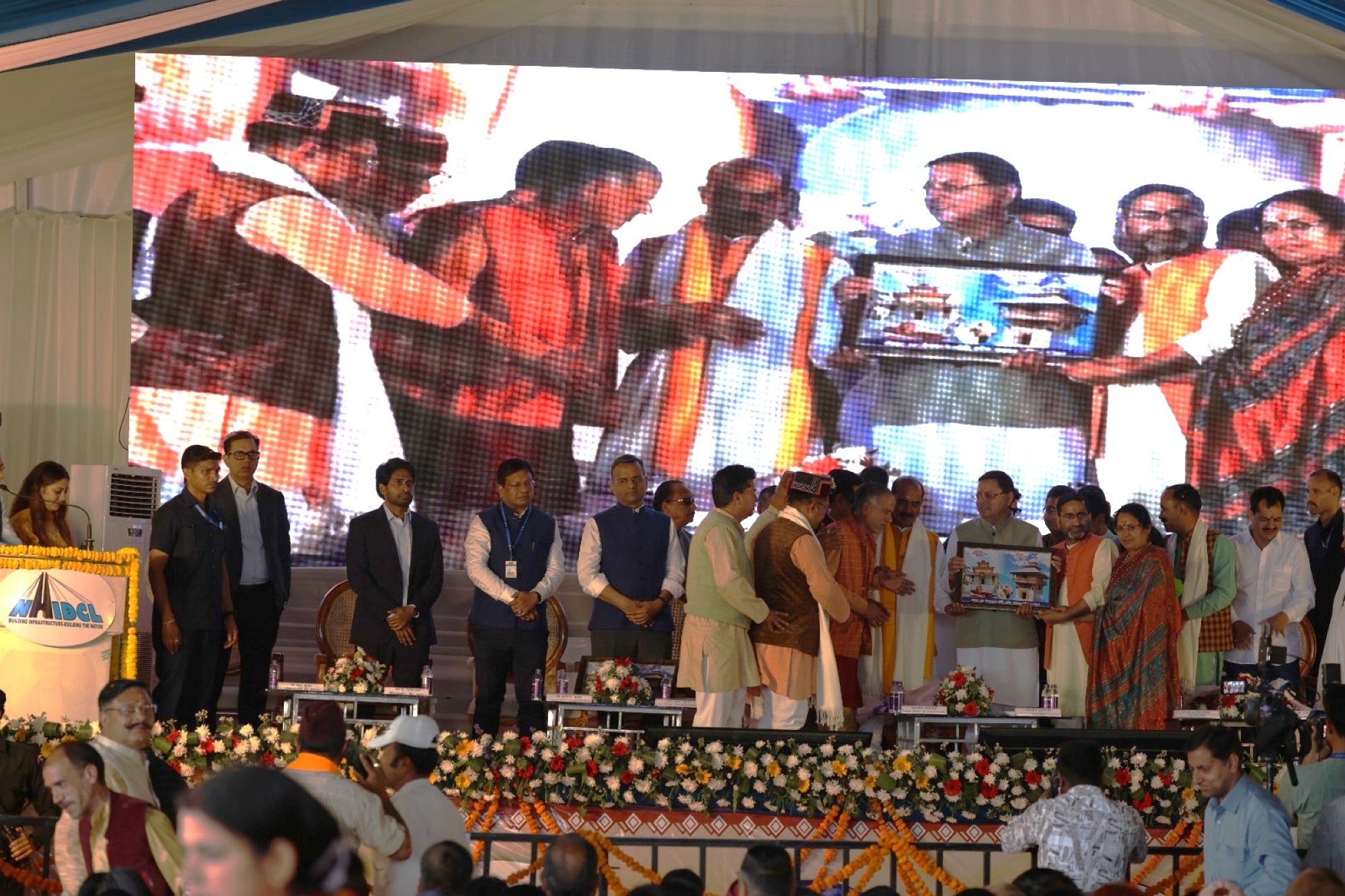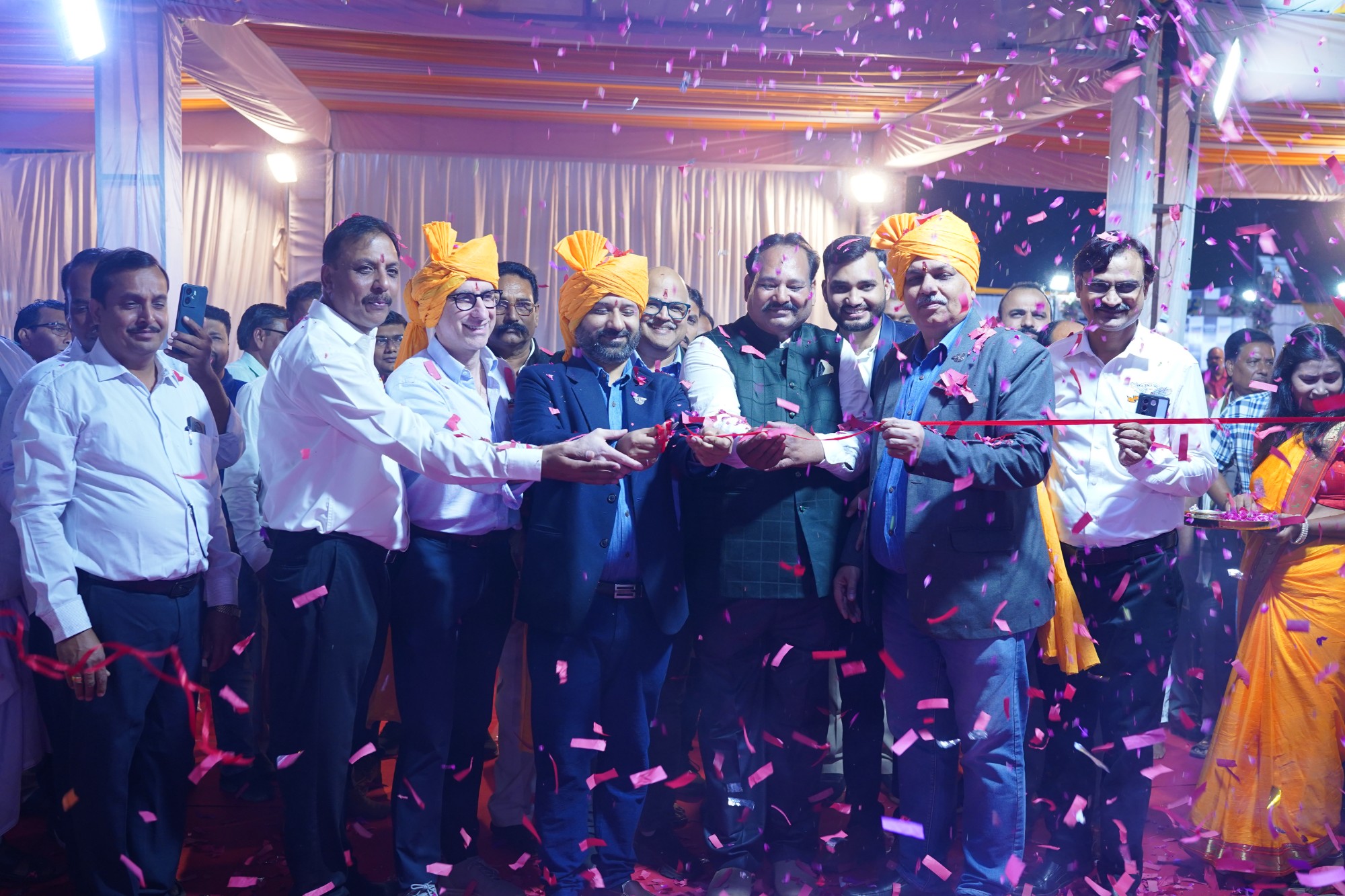Transforming mining and Tunnelling through precision, predictability, and localisation
By Edit Team | August 17, 2022 6:50 pm SHARE

India’s mining and tunnelling industries anticipate using cutting-edge machinery to expedite the project. Technology experts and procurement specialists emphasise localisation and cost competitiveness when discussing the need for advanced equipment.
The Indian mining equipment market is driven by the growth in the construction of roads, railways and other construction and infrastructure projects. The high deployment cost of these machines is a significant factor in hindering the tunnelling equipment market growth. The rapid growth of projects involving more incredible transportation infrastructure, such as roads, metro, railroads, bridges, and highways, also contributes to India’s increased requirement for mining and tunnelling equipment.
The following discussion covers the prospects and trends in demand for mining and tunnelling activities and the necessary equipment. According to Ramesh Palagiri, Managing Director & CEO,
WIRTGEN INDIA Pvt. Ltd., “the market for global surface mining is expected to witness massive growth opportunities, especially in the post-COVID scenario. Ongoing industrialisation, increasing infrastructure projects, and urbanisation are the main drivers of the growth.
India is progressing swiftly to catch up to industrialised nations worldwide in constructing roads and railways. Ranvir Singh Katoch, Manager (Projects) & Contracts Management (Tunnelling), PEMS Engineering Consultants (P) Ltd., says, “Tunnelling is becoming more and more common, particularly in the northern and northeastern regions and urban areas. This helps in safety, environmental friendliness, durability, and construction economics.” Shubham Shrivastava, Tunnelling Engineer, AECOM India, shares the same viewpoint. He thinks that India needs to improve its infrastructure because it is a developing country, particularly in areas like metropolises, urban centres, hilly regions, and semi-urban centres. This expansion highlight the necessity of stepping
up mining and tunnelling operations to capitalise on development more efficiently.
Challenges in procurement
The prompt availability of machinery and equipment at mining and tunnelling sites, choosing the right equipment and supply chain disruptions are two of the biggest problems affecting projects and their completion dates. Given this, Ranvir emphasises the necessity of heavy machinery for underground construction and that most of this equipment is now produced outside India. For the job to go more quickly, manufacturing facilities and units must be established in India. India has tremendous potential in this sector, and the government also has a vision for Atmanirbhar Bharat,
which will further address the procurement difficulties by growing the local manufacture of machinery and equipment in India.
Modern equipment to speed up mining and tunnelling projects
The newest New Australian Tunnelling Method (NATM) technology is effective because it makes keen observations after each execution cycle. NATM is crucial for accelerating the project and the procedure. Regarding NATM’s use in Indian geography, Ranvir clarifies that, despite TBM’s lack of success in the Himalayan region, the objective remains the exploration of viable solutions.
Shubham, in contrast, describes the Tunnel Boring Machine (TBM). He emphasises that the TBM is the most important and helpful piece of equipment in Tunnelling. TBM is the safest form of tunnel excavation and speeds up work. TBM has chosen specific equipment because of its optimised and effective operation at complicated work sites. Due to its wear-resistant design, it is intended to operate effectively under challenging ground conditions.
Increasing the robustness, safety, and efficiency of project sites
At the site, a specific mechanism for ensuring proper implementation of safety norms is in place. It still needs to be upgraded and made public so everyone working there is familiar with these standards. “Proper training of machine operators and regular counselling will undoubtedly aid in cost reduction and the smooth execution of work,” suggests Ranvir. Ramesh takes this opportunity to underline that WIRTGEN surface miners reduce four operational steps to one.
Furthermore, their cutting edge engine technology reduces exhaust and noise emissions on job sites. This is accomplished using an anti-vibration engine, which supports and reduces vibration and noise emissions. According to Shubham Shrivastava, Tunnelling is a massive challenge because monitoring workforce safety becomes difficult while operating in the tunnel. As tunnel engineers, we understand the consequences and risks of activities. However, the majority of the workers in tunnels are uneducated. So, it is critical to train them on safety and security on-site.
Terrain-specific equipment and investment requirements
The cost of the project is directly proportional to its feasibility and accessibility. There is still a need for more precession modernised equipment/technology to improve the construction industry’s work. Ranvir describes the difficulties of working in Himalayan geology, which is caused by unpredictable rock behaviour and heavy ingress of water forming cavities. He continues, “To overcome these obstacles, precession predictability equipment must be installed on-site. To speed up the geological investigations that precede projects, we need mobile bore machines or modern technology and models that provide more precise results faster. Shubham, who agrees with Ranvir, adds, “Weather patterns are unpredictable in many areas, as we all know.
Weather conditions can directly impact underground construction, so we do pre-planning and prevention or provide proper support to improve feasibility and accessibility.” Upgraded equipment and advanced technologies are taking over mining and tunnelling operations. The global need to expand transportation facilities is driving the adoption of advanced mining and tunnelling equipment. Furthermore, the government is heavily investing in new road construction to facilitate faster transportation. The rapid rise in infrastructure initiatives to improve transportation amenities is driving global demand.
Cookie Consent
We use cookies to personalize your experience. By continuing to visit this website you agree to our Terms & Conditions, Privacy Policy and Cookie Policy.




































-20240213125207.png)

























